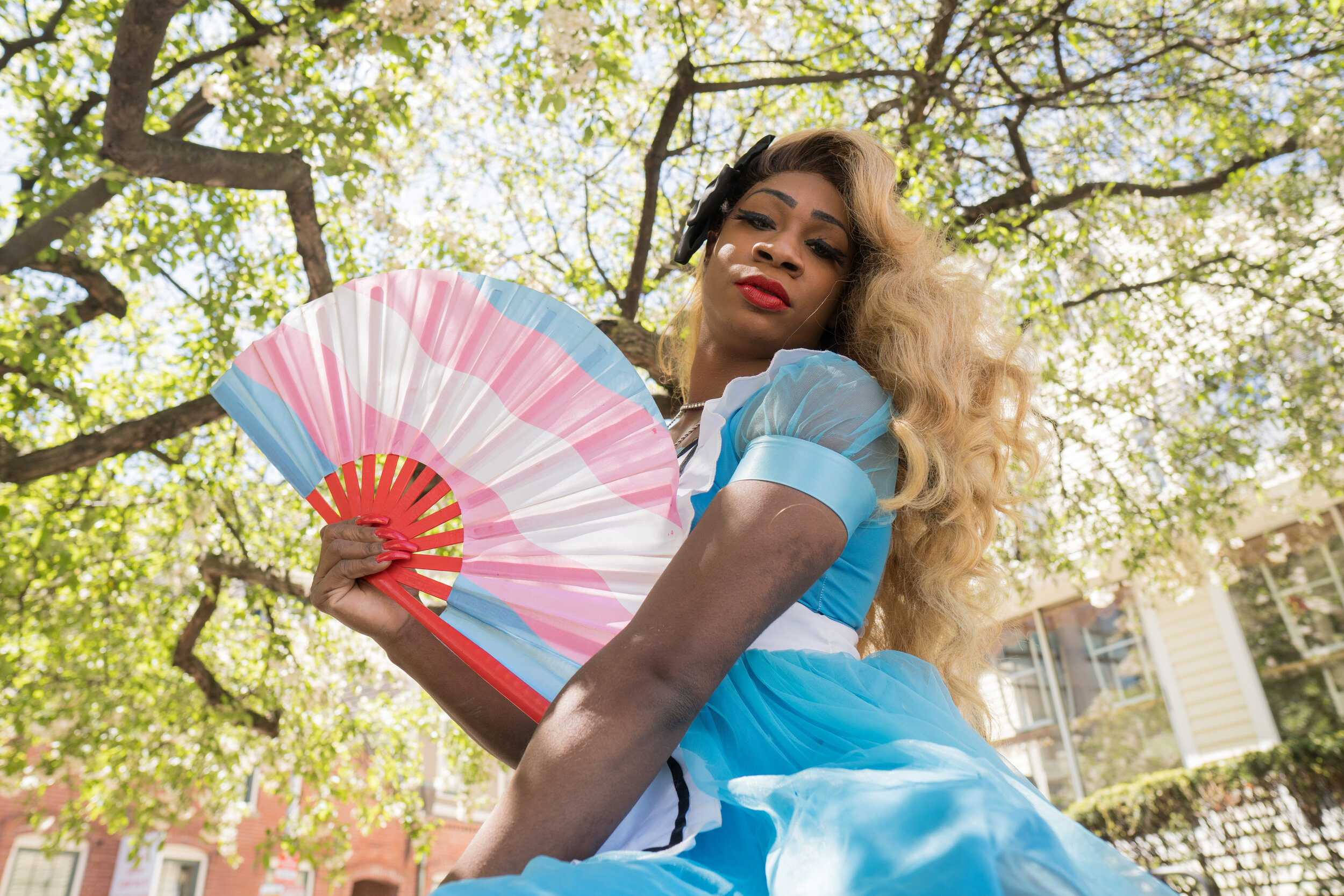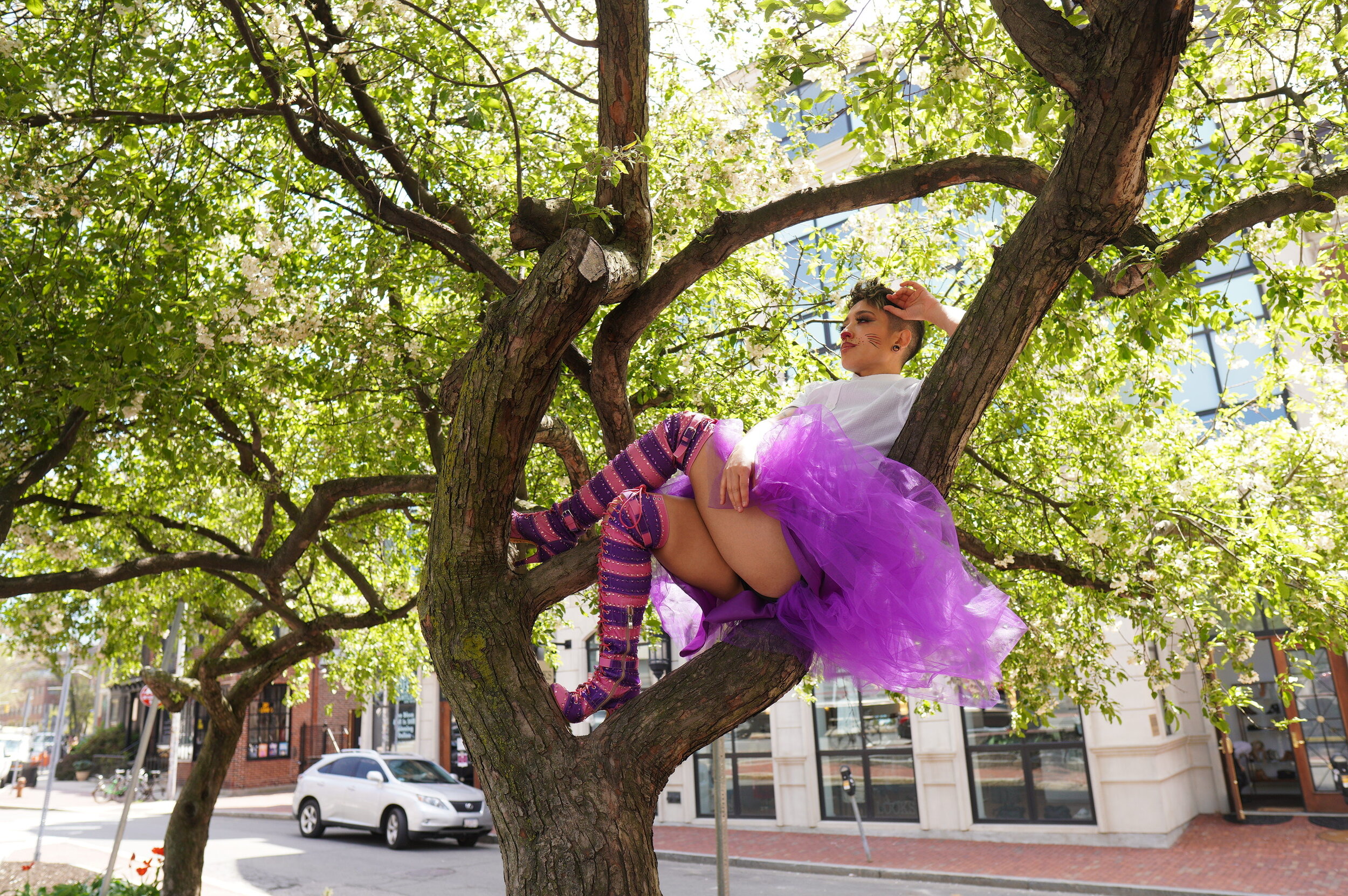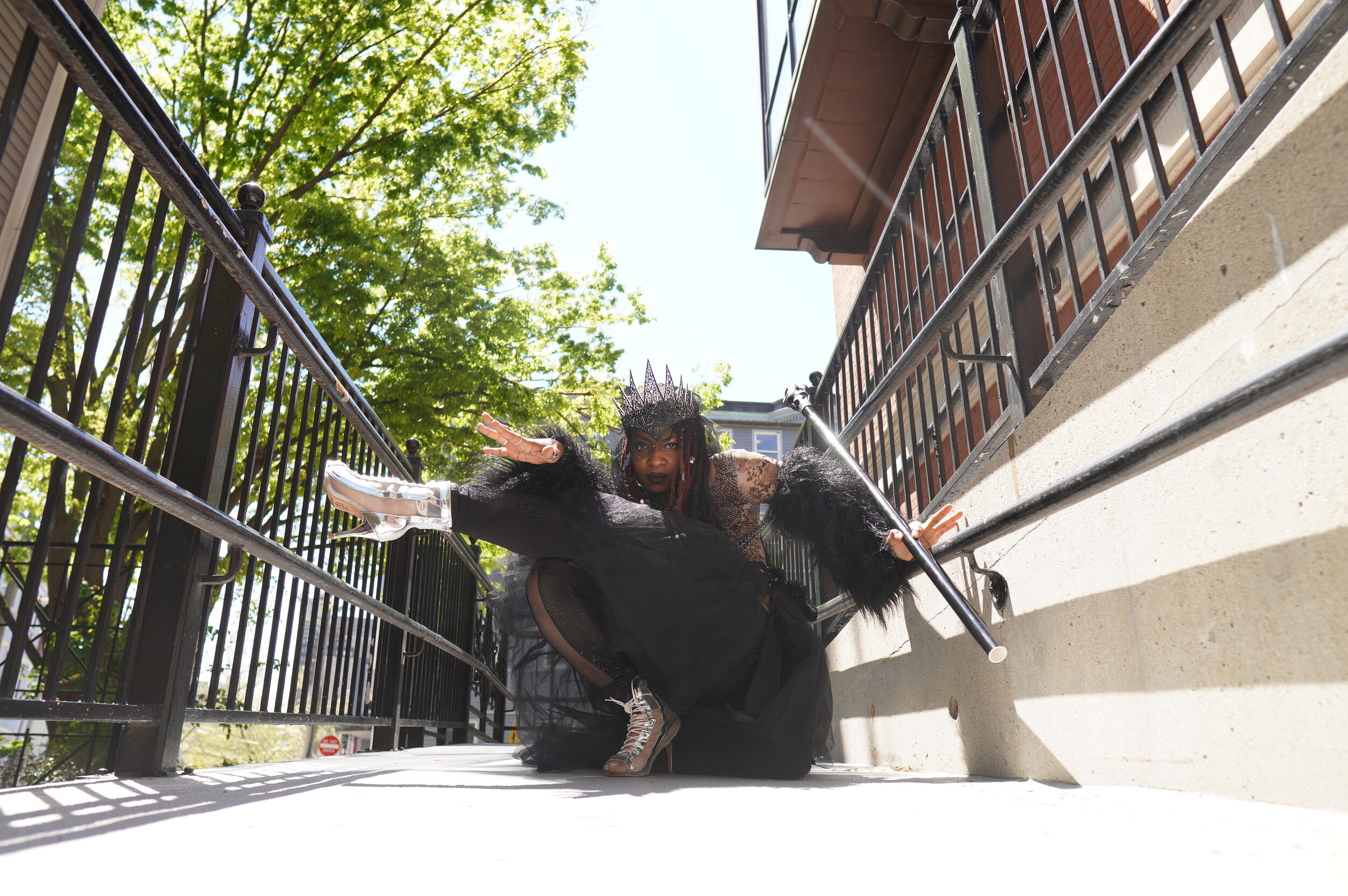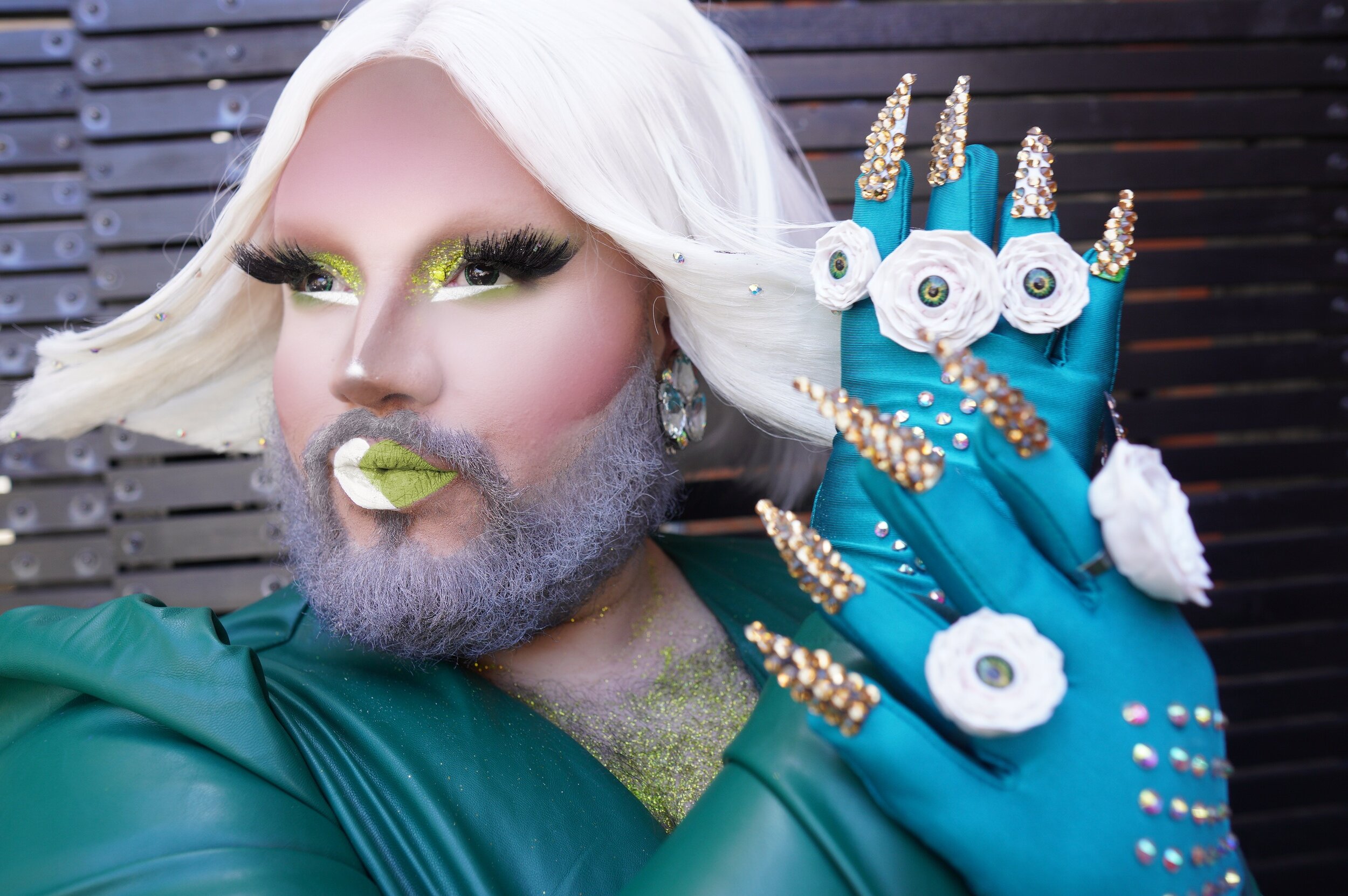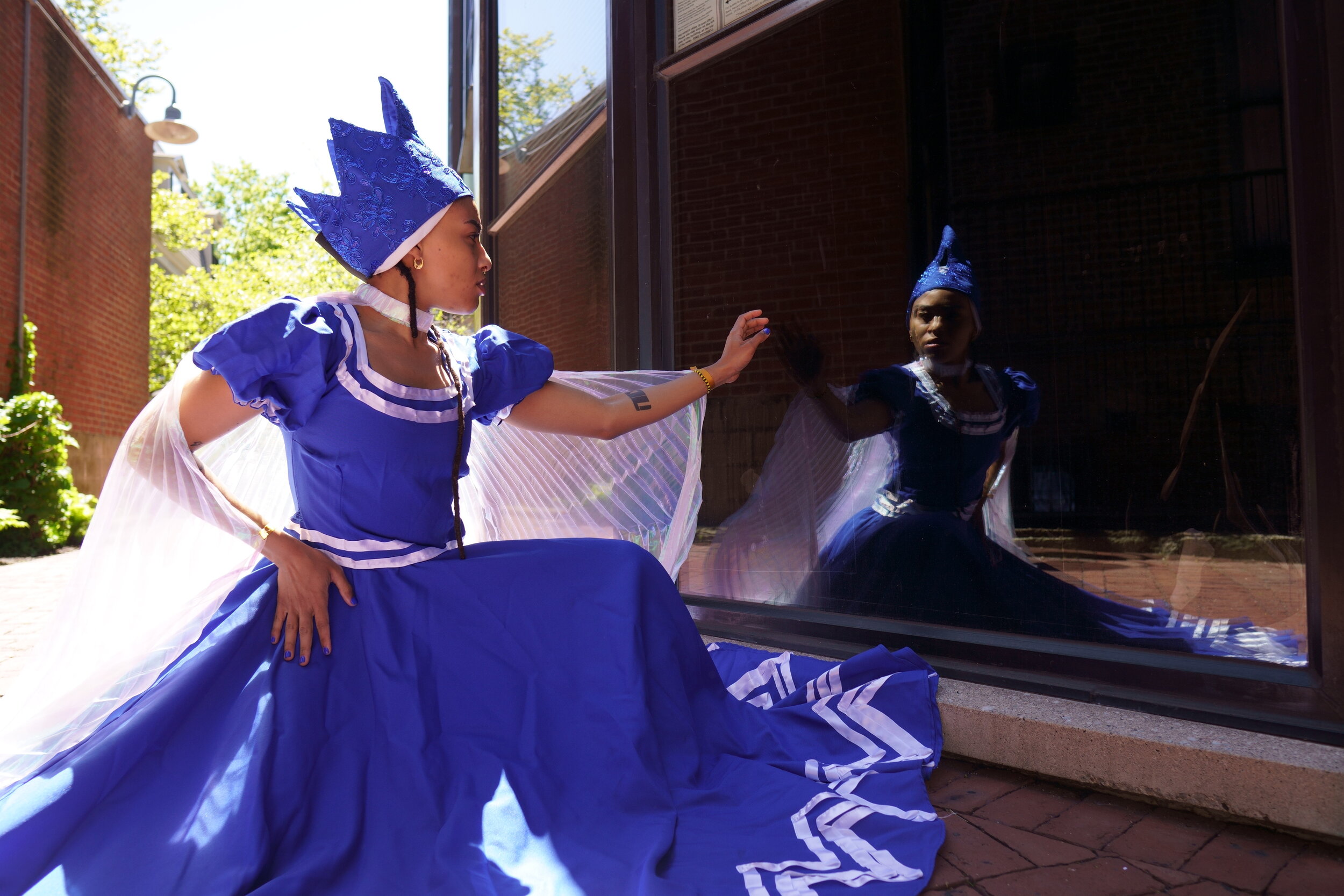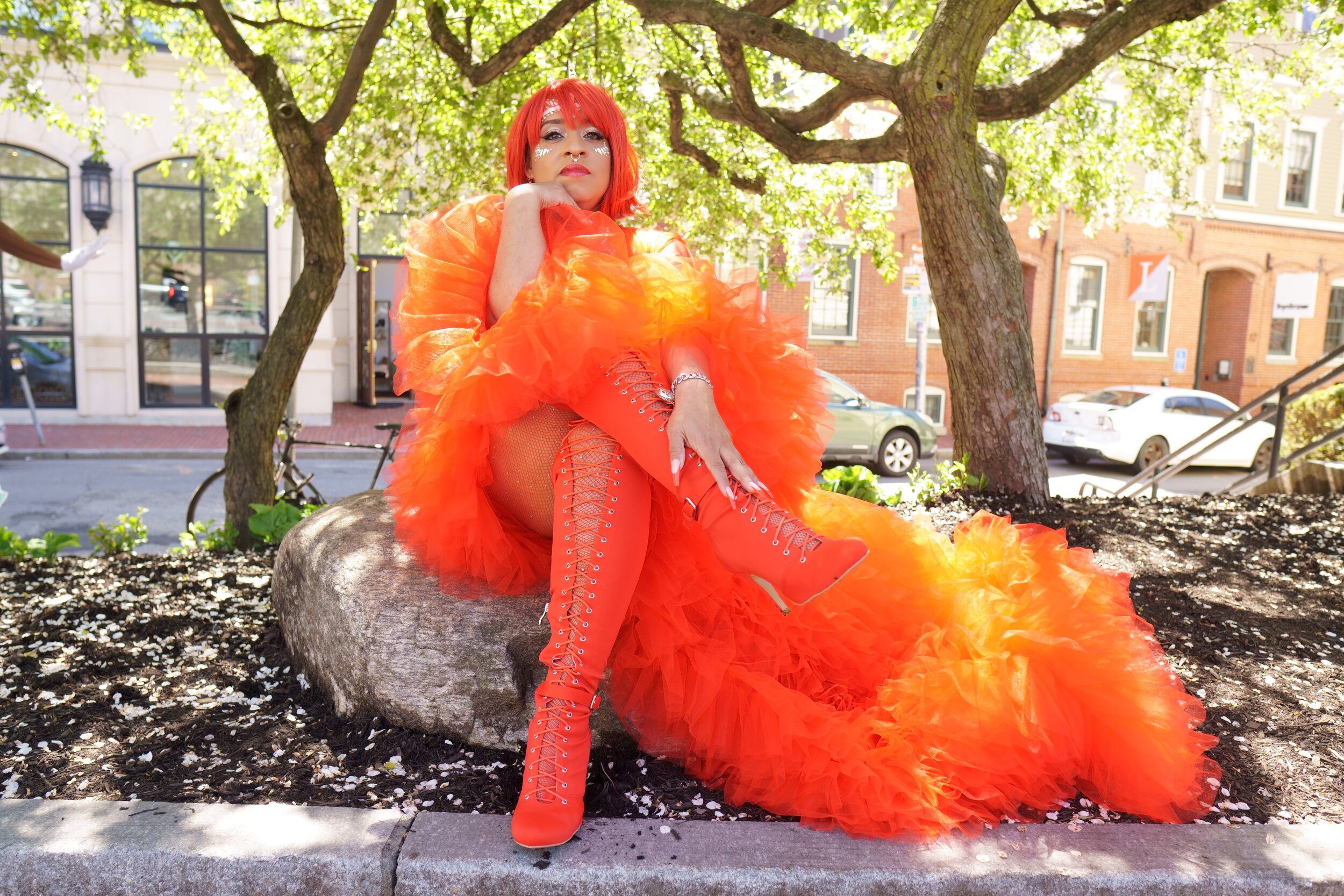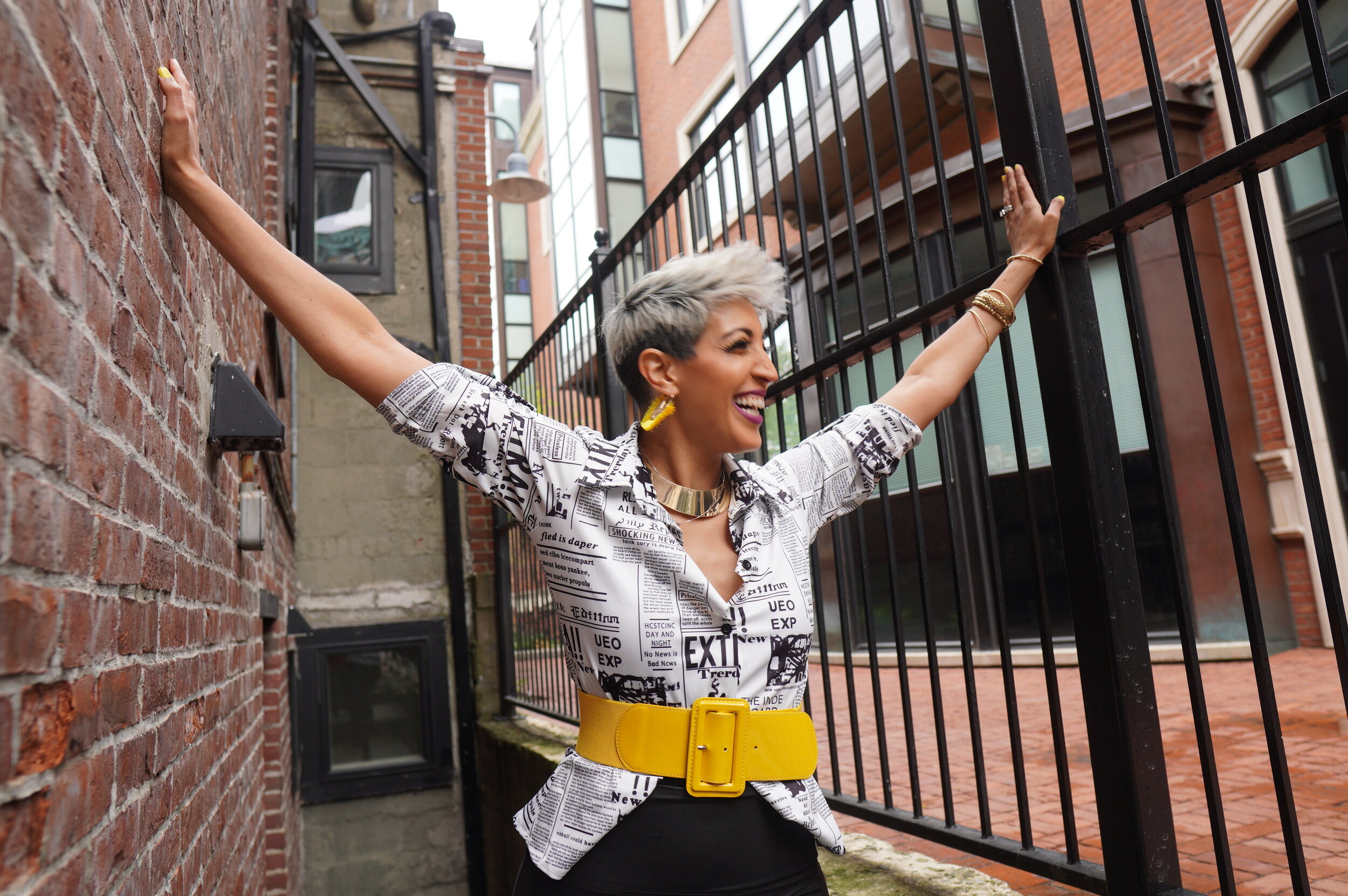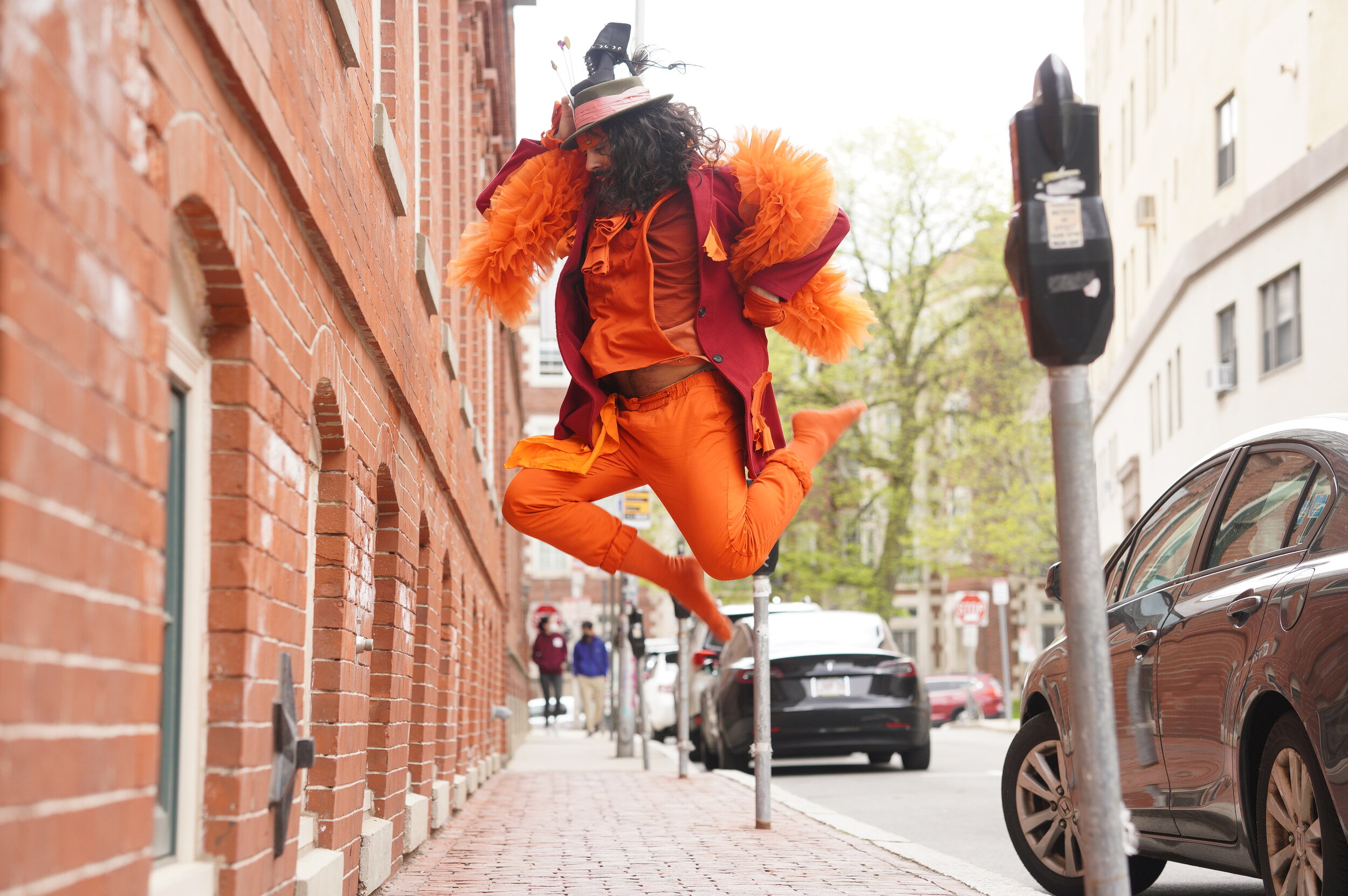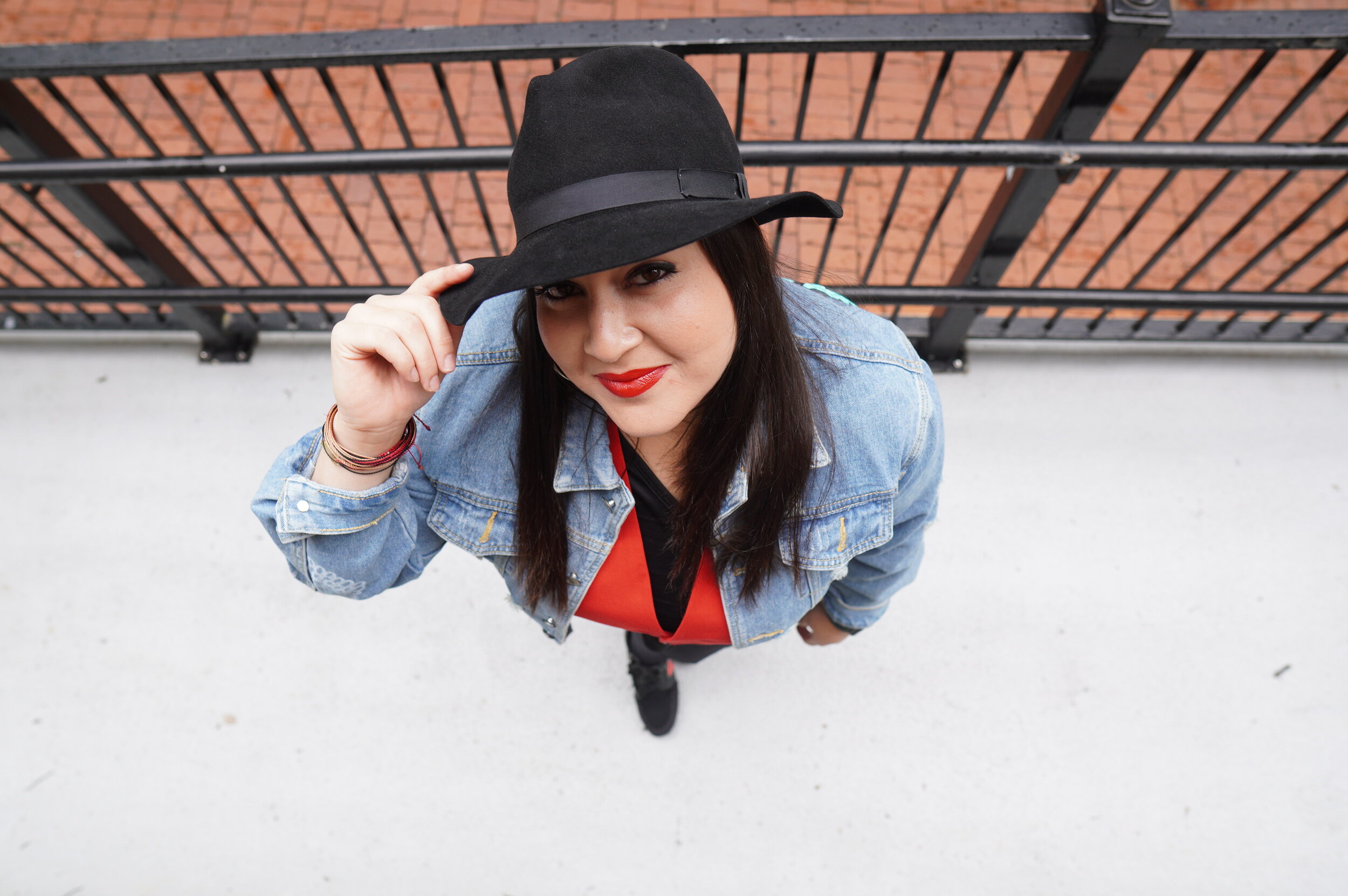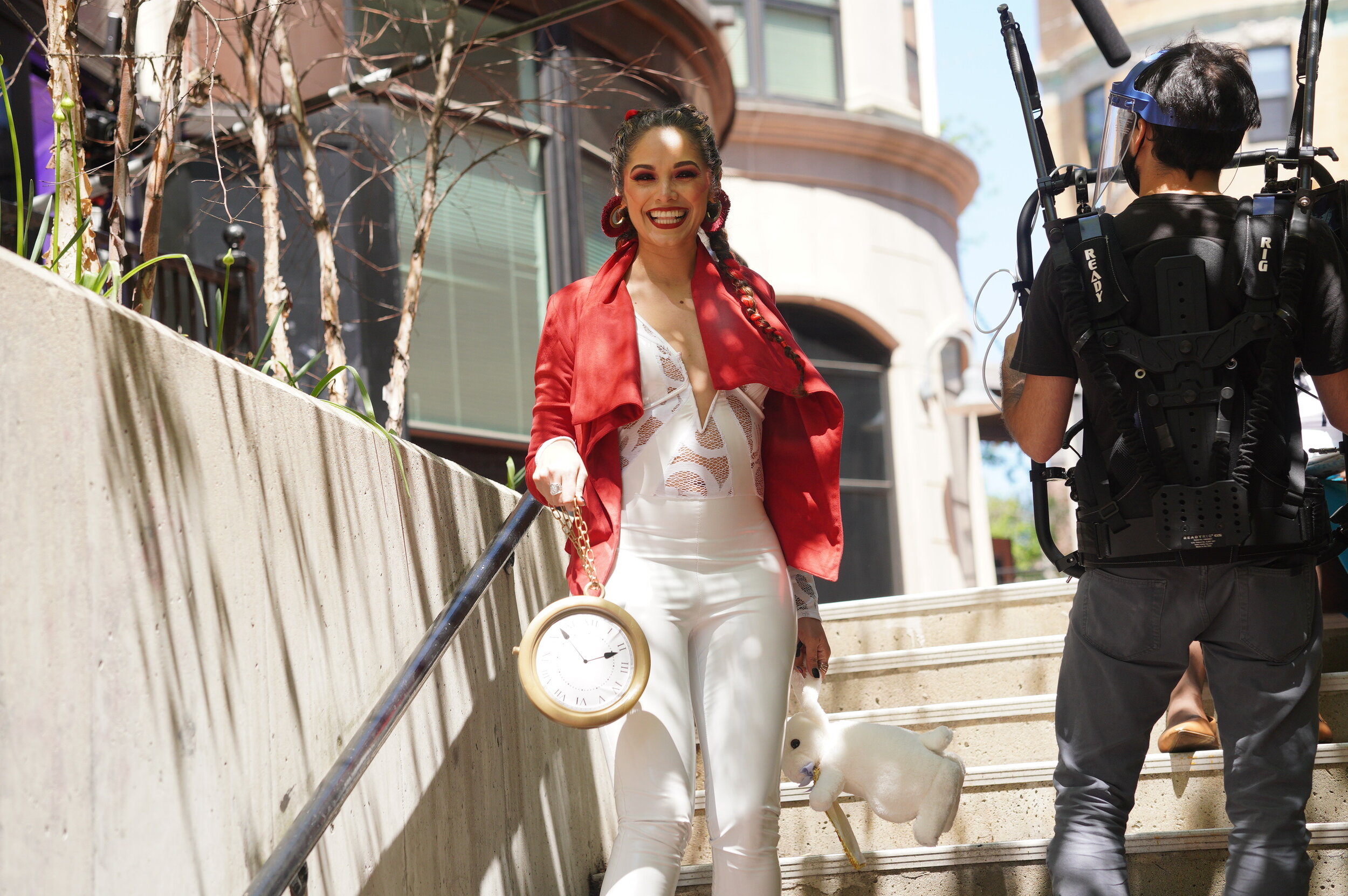Queer Bodies in Motion
Queer Bodies in Motion is a dance project aiming to build awareness of LGBTQ discrimination and celebrate queer identity. Its debut artistic endeavor, Alice in Rainbowland, is a re-imagining of Alice in Wonderland told through dance, music, and LGBTQ pride. This collaborative show is devised by and highlights queer artists and allies—including dancers, musicians, and the creative community from Massachusetts, New York, and Rhode Island.
Sign up for Ana Masacote’s email list to stay up to date with future Queer Bodies in Motion work.
This project is made possible, in part, by a 2021 Live Arts Boston grant from the Boston Foundation, Cambridge Arts Council Grant, Sponsored by The Boston Foundation’s Live Arts Boston Grant, Virtually OBERON, Cambridge Arts, Burju Shoes, Boston Dance Alliance, Snatched Entertainment, and Dance to Power.
94%
of LGBTQ youth reported that recent politics negatively impacted their mental health.
42%
of LGBTQ youth seriously considered attempting suicide in the past year, including more than half of transgender and nonbinary youth.
75%
of LGBTQ youth reported that they had experienced discrimination based on their sexual orientation or gender identity at least once in their lifetime.
Reference The Trevor Project’s National Survey on LGBTQ Youth Mental Health 2021.
Read about legislation affecting LGBT rights across the country. Call your senators.
Donate to local transgender organizations.
Alice in Rainbowland
June 10-30, 2021
Virtually Oberon
Alice in Wonderland gets a makeover this June with Queer Bodies in Motion's debut artistic endeavor — "Alice in Rainbowland!" This is dedicated to queer and trans youth, for the courage to show up.
You can watch the show starting June 10 at 7:30PM ET. It runs through June 30th, 2021, and is presented in partnership with American Repertory Theater’s Virtually Oberon.
Pay-what-you-can tickets with a recommended household price of $15 are available.
The Trevor Project’s Guide
For Allies
Read the Guide to Being an Ally to Transgender & Nonbinary Youth. This introductory educational resource includes:
The difference between sex & gender
Basics of gender — identity, expression, perception
Forms of address that show respect (names, pronouns, honorifics)
Helpful tips to increase understanding
Common mistakes & what to do if you’ve made one
Alice in Rainbowland Photos
by Carven Boursiquot Photography
